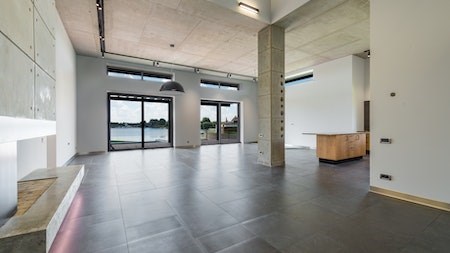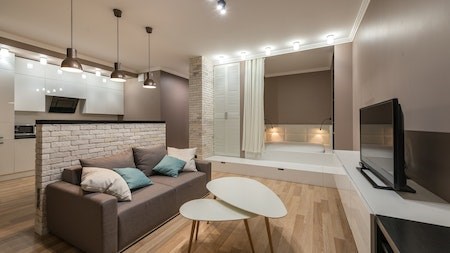It’s easy for property investors, particularly those new to the industry, to be swayed by the rental amount the property is likely to generate on a monthly basis. While the monthly rental is certainly an important factor, the seasoned investor tends to look beyond the rental yield and rather takes a more long-term approach by focusing on the property’s potential capital growth over a set period of time.
“Rental yield is always a consideration with an investment property but it pays to ensure that you’ll see capital growth in the long run because that’s ultimately what makes for a good investment,” says Silvana Dos Reis Marques, Principal at Leapfrog Pretoria East.
The numbers don’t lie
The fundamental difference between rental yield and capital growth is best illustrated through an example:
A property of R1.5 million could fetch a monthly rental income of R10 000, amounting to R120 000 a year. Despite the expenses that will need to be deducted from the R10 000, such as municipal rates and taxes, levies and maintenance, it’s still a notable monthly income.
Capital growth on a property valued at R1.5 million is likely to be around 6% per annum, or R90 000 per year. While R90 000 is R30 000 less than the R120 000 rental yield generated, the overall appreciation of the property has not yet been accounted for.
Dos Reis Marques goes on to explain that the R90 000 in capital growth was added to the overall value of the property, while the R120 000 in rental yield was just cash flow and didn’t contribute to the value of the property. Even when the monthly rental increased by 5% - which is R500 on a R10 000 rental - it is still only R6000 a year, which is not even 10% of the R90 000 capital growth.
“Long-term growth and performance are the priority for most property investors, which is why it pays to be aware of the difference,” Dos Reis Marques shares. Capital growth represents the growing value of the property over time while rental yield is simply the monthly cash flow, though that is not to say that rental yield doesn’t matter - it is ultimately what looks after the asset.
Leverage to expand
The capital balance on an investment property can also be used to grow a property portfolio.” Many financiers, like the banks, allow you to leverage the capital in high-growth properties as deposit for the next purchase,” Dos Reis Marques says.
Expectations of a property investment should always be considered in line with one’s overall financial and investment goals. “Reach out to a trusted property professional for advice and guidance on how to get the most from your property investment,” she concludes.
Writer: Delia de Villiers




